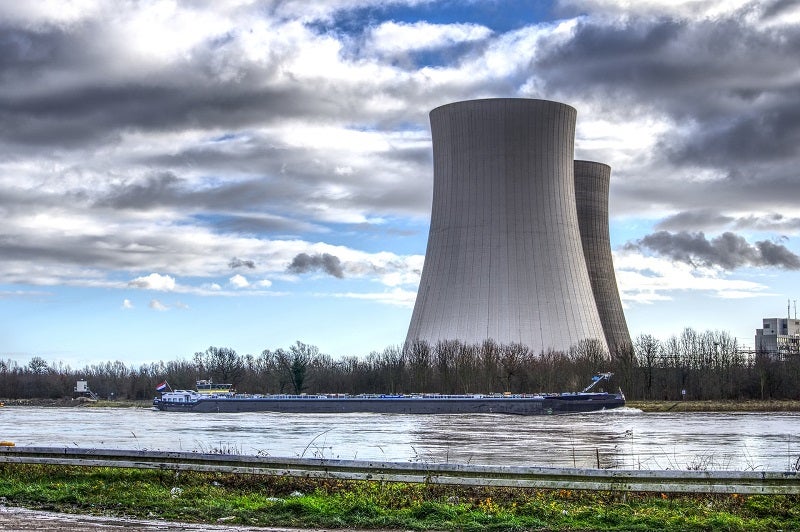Carlos M. de Cespedes Power Plant is a 382MW oil fired power project. It is located in Cienfuegos, Cuba. According to GlobalData, who tracks and profiles over 170,000 power plants worldwide, the project is currently active. It has been developed in multiple phases. Post completion of construction, the project got commissioned in 1955. Buy the profile here.
Description
The project is currently owned by Union Electrica de Cuba with a stake of 100%.
It is a Steam Turbine power plant. The power plant run on dual-fuel. The primary fuel being used to power the plant is crude oil. In case of shortage of crude oil the plant can also run on Fuel Oil.
Development status
The project got commissioned in 1955.
Contractors involved
Carlos M. de Cespedes Power Plant (Carlos M. de Cespedes Power Plant Unit III) is equipped with Mitsubishi Power 2-Stage, Condensing steam turbine. The phase consists of 1 steam turbine with 158MW nameplate capacity.
Carlos M. de Cespedes Power Plant (Carlos M. de Cespedes Power Plant Unit IV) is equipped with Mitsubishi Power 2-Stage, Condensing steam turbine. The phase consists of 1 steam turbine with 158MW nameplate capacity.
Mitsubishi Power supplied Synchronous, Hydrogen Cooled electric generator for the Carlos M. de Cespedes Power Plant (Carlos M. de Cespedes Power Plant Unit III).
Mitsubishi Power supplied Synchronous, Hydrogen Cooled electric generator for the Carlos M. de Cespedes Power Plant (Carlos M. de Cespedes Power Plant Unit III).
Mitsubishi Power supplied Synchronous, Hydrogen Cooled electric generator for the Carlos M. de Cespedes Power Plant (Carlos M. de Cespedes Power Plant Unit IV).
Mitsubishi Power supplied Synchronous, Hydrogen Cooled electric generator for the Carlos M. de Cespedes Power Plant (Carlos M. de Cespedes Power Plant Unit IV).
The steam boilers for the oil fired power project have been supplied byDoosan Skoda Power and SES Tlmace.
See Also:
For more details on Carlos M. de Cespedes Power Plant, buy the profile here.
Premium Insights
From

The gold standard of business intelligence.
Blending expert knowledge with cutting-edge technology, GlobalData’s unrivalled proprietary data will enable you to decode what’s happening in your market. You can make better informed decisions and gain a future-proof advantage over your competitors.




